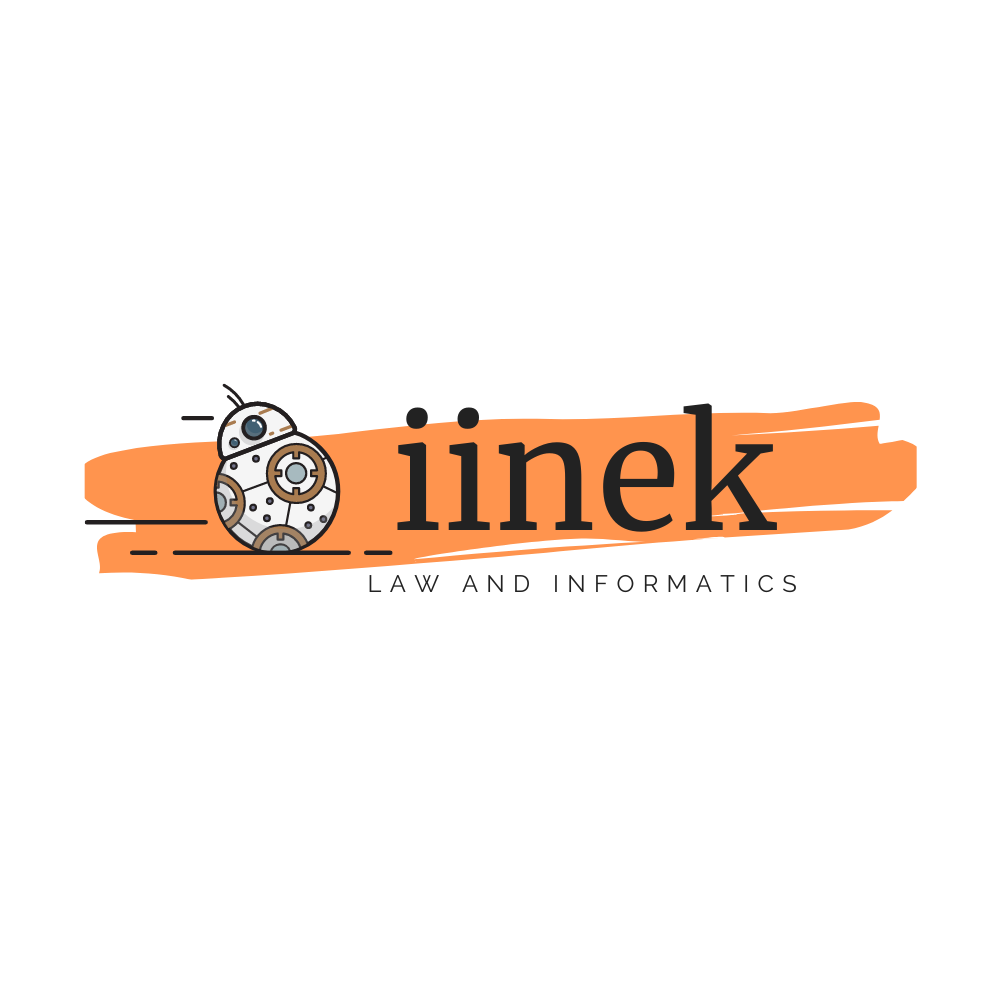I listened to the seminar Livet efter Facebook, som vi ser det (Life after Facebook, as we see it) at Metamatrix today.
Pär Lannerö talked about new trends on the web including real-time-web (information is flowing constantly), transparency (openness and sharing of information), filtering, web presence and social objects (discussions can emerge on small things, such as pictures or links).
The development he sees more and more is microactivity.
Participation on the web has maybe not turned out to be what it promised. How many people actually contribute to Wikipedia compared to how many access the web site? What has made a difference is bite-sizing, contribution with little things – microactivity.
Examples of micro-activity include:
- Micro-evaluation: with one click you can evaluate and grade something, simple but with value, e.g. “I Like” in Facebook, or Digg It
- Micro-demonstration: one click to show support for a cause, you do not have to become a board member of an organisation to make a difference, e.g. “causes” in Facebook, or when Twitter pictures were coloured in green to show support against oppression in Iran
- Micro-description: you can describe your feelings about an article in one click, e.g. angry, bored, interesting, happy. Newsmill rates news articles according to this.
- Micro-comments: very short updates on Facebook or Twitter, which also includes micro-links such as bit.ly(problem though as you do not see the complete name of URL and all information depends on the company behind bit.ly, if they go bankrupt thousands of links are not valid anymore)
- Micro-fellowship: with one click you show that you have some sort of relationship to a person, e.g. “poke” on Facebook or “Follow” on Twitter
- Micro-generosity: with one click you share interesting articles or web sites with others.
- Micro-semantics: the idea of the semantic web is rather complex and visionary so it has not lifted off the ground as much as expected. At the same time people started implementing the idea of it by using hash tags to their tweets, e.g. #fail or #internetdagarna, and therefore adding semantics to their updates. This happened not because of tons of research but mainly because people saw a benefit in it.
- Micro-media: maybe requires more than one click but still very simple to use technology for streaming seminars live, for example.
The consequences of micro-activity include both possibilities and risks.
Possibilities
- Crowdsourcing: you can divide large tasks between many people, sometimes even without payment. As long as task is small and interesting, people can be activated and become Clickworkers. NASA, for example, needed to identify the craters on the moon and put it on a web site asking people to look for these craters, as this could not be done automatically with a programme.
- Make live easier for others: skip requirements for registration, membership and forms and just ask for one click. Compared to offline-world no costs per person occur so you would need a lot of information about everybody. Let the users decide on how much they want to contribute and share.
- Attract supporters: Online support groups can show effectively how much support a certain cause has, easy to use in negotiations later as well.
- Get bigger ears: Listen to your target groups and let them have a voice as well. They could rate content (see above under Micro-descriptions), you see what is popular, what people think, etc
- Continuity: We have seen a trend from large messages very seldom to small messages very often. Possible to follow people more regularly.
Risks
- Snuttifiering (SW): 140 signs for a message are not very long and do not give room for in depth explanations. Everything turns black and white, no place for reflections.
- Flock-mentality: The first link that is being recommended in the morning, will be the focus of attention of that day, even though the content might be mediocre. Many people will follow the recommendations of others, and not always go through all RSS feeds by themselves due to the amount of feeds and news.
- Stress: the constant stream of small bits of information never ends.
The audience commented and discussed on these questions afterwards. Concerning micro-descriptions the opinions were diverse, but the question was posed that you get what you ask for. If a web site lets you grade an article by angry, boring, interesting, smart and happy, users will answer these questions. One comment also concerned the overrated belief in statistics and the meaning and goal of proving in numbers the popularity of a certain information. Somebody also posed the question of ownership of micro-descriptions if they are locked into closed systems and not open to the public.
Pär Lannerö concluded with a manifesto, the micro-manifesto.
Less is more – allow for microactivity!
Pär’s presentation is available online at http://prezi.com/eh0pkapjspg6/
